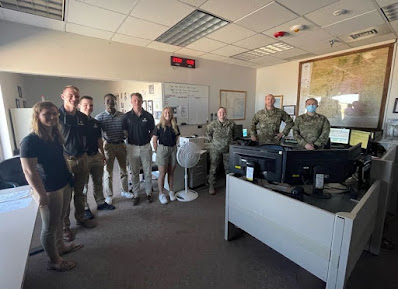Final Day: Return to OKC and Conclusion

It seems like just yesterday we left New York and barely knew each other. But on the morning of June 3, the end of our trip had arrived and we all felt like the closest of friends. Although we didn't have the greatest breakfast in Roswell, the waffles were shaped like aliens! We soon got into the van for the last big drive. By lunchtime, we arrived in Amarillo, TX at the Big Texan. Dr. Kalkstein said he'd visited this place every time, and that it was a must-see. Inside, we were hit in the face by a wall of Texas - and the menu didn't disappoint. We all got steaks (of course) and were serenaded by the guitar man. Nobody was hungry afterwards, and we only had a few more hours to go. The drive to Oklahoma City passed quickly and we checked into our last hotel. Our last real meal together was at an Indian restaurant, since we wanted to expand our taste buds. It contrasted nicely with the Texas beef from earlier, and before we went to bed we had to clean out the van (it held u...


